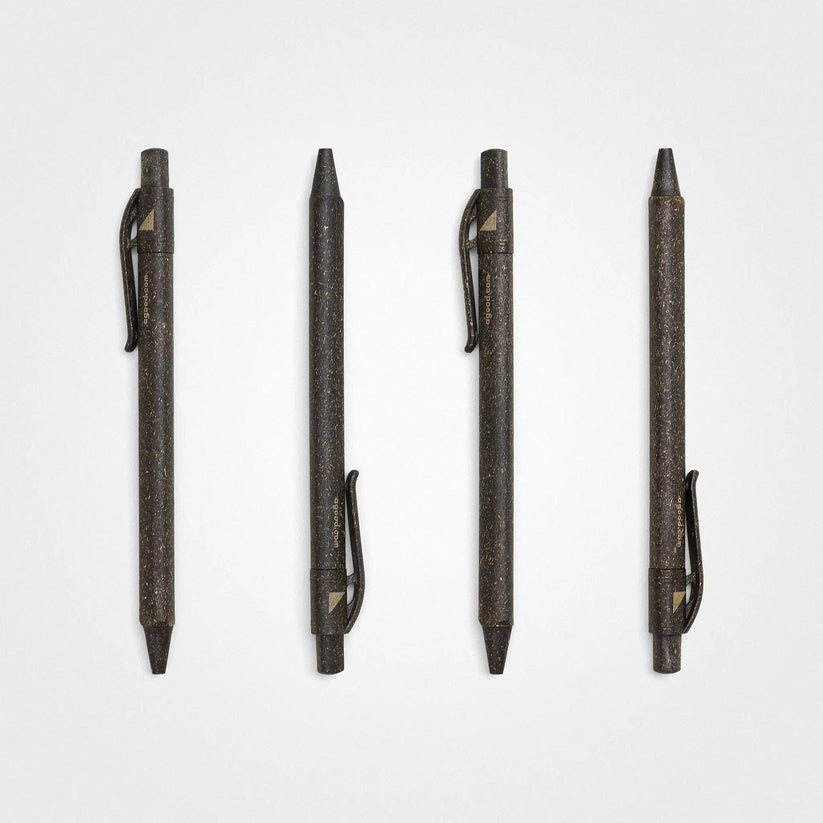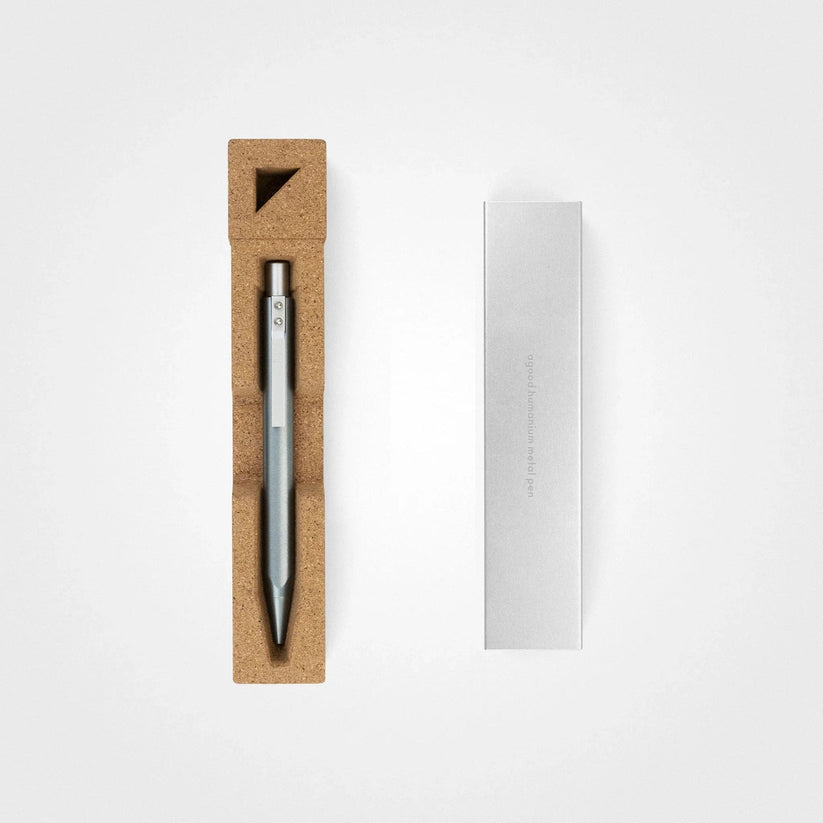Frequently Asked Questions About Our Stone Paper Journal
Our A5 stone paper journals feature 144 tear-resistant pages made from 144 gsm stone paper sourced from locally available limestone. Our commitment to sustainability means we never mine for new stones - instead, we use discarded stone waste from the construction industry, eliminating the need for trees, water, and bleach. Packaged in an eco-friendly stone paper box that can be recycled as paper, our journals provide the world's smoothest writing experience without tree fibers, ensuring a resistance-free feel.
Most important questions, quick access:

1. What is stone paper?
Stone paper is a sustainable and climate-positive alternative to traditional paper made from locally sourced limestone, a by-product from the construction industry. It offers a range of environmental benefits, including no deforestation, no wasted water, and no harmful chemicals.
2. What are the environmental benefits of using stone paper over traditional pulp paper?
Stone paper offers significant environmental advantages compared to traditional pulp paper. The pulp and paper industry is known for its heavy water and energy usage, with the production of a single A4 sheet requiring up to 20 liters of water and contributing to 4% of world energy consumption. Stone paper, on the other hand, involves a process that requires no water or chemicals, resulting in a substantially smaller environmental impact.
3. How do we make paper out of rock?
We create stone paper in our stone paper factory. The process starts with crushing limestone and marble into calcium carbonate powder, mixed with recyclable high-density polyethylene. After forming white pellets, a proprietary method transforms them into a paper-like material without using acids, water, or bleach. This results in a smooth, durable, and water-resistant product suitable for various stone paper applications.
Unlike traditional paper production, this process generates no pollution and requires no water or bleach. The stone paper factory's commitment to sourcing energy from solar panels makes its production carbon-neutral, offering an environmentally friendly alternative to conventional paper.
4. What for do we use stone paper?
The stone paper finds purpose in a variety of our eco-friendly stationery products, including A5 Hardcover Notebooks, A5 Softcover Notebooks, Journals, and A6 Pocket Notebook. In each of these, the stone paper ensures a writing experience that is smooth and water-resistant, offering a sustainable and eco-friendly alternative for various creative and functional purposes.
5. Is our stone paper journal waterproof?
Yes, the stone paper used in the journal is waterproof, wrinkle-free, and tear-resistant, providing durability and longevity to your writings.
6. What type of ink is used for printing our stone paper journal?
The journal is printed with soy ink, a renewable and environmentally friendly alternative to traditional inks.
7. What are some practical uses for the stone paper journals?
Our stone paper journals are your go-to for pretty much anything! Perfect for jotting down thoughts, sketching your artistic masterpieces, or keeping notes during business meetings and conferences. They're compact and easy to carry, so they're great for on-the-go. Plus, the waterproof feature makes them awesome for outdoor activities and fieldwork, ensuring your notes survive unexpected weather. So, whether you're in a creative mood or getting down to business, these journals are not just practical but also eco-friendly.
8. What are the key features of our stone paper journals?
Our stone paper jorunals are A5-sized (21x14.8 cm) with 144 pages of 144 gsm Stone Paper, making them sturdy and great for your notes or doodles. We use limestone from construction leftovers to make them, doing our bit for the planet. The packaging is in a stone paper box that you can recycle just like regular paper.
Writing on these jornals is super smooth, and they're waterproof and tear-resistant, making them tough enough for daily use. So, if you want stationery that's both green and reliable, these journals are the way to go!
9. Are stone paper journals suitable for all types of writing instruments?
Yes, our softcover stone paper notebooks are compatible with a wide range of writing instruments, including traditional pens, pencils, markers, as well as sustainable alternatives such as natural grass pens, natural grass pencils and humanium metal pens made from upcycled weapons. The smooth and water-resistant surface of the stone paper ensures an excellent writing experience, and users are encouraged to explore various sustainable writing tools to find the best fit for their preferences.
10. What is the social impact of purchasing a stone paper journal?
771 million people lack basic access to clean and safe drinking water. We address the global issue of water scarcity by donating 500 liters of safe, fresh water through charity: water for every journal sold. Our collective goal is to provide 25 million liters of fresh water annually.
11. What are the available delivery options for our journals, and how is the shipping process managed?
We offer free shipping to most countries with a delivery time of 1-4 days. Shipments are climate-compensated and packaged in stone paper to minimise environmental impact. Customisation options are available with an additional 2-3 business days required.
12. What is the return policy for our stone paper journals?
To encourage mindful consumption and environmental care, we don't offer free returns. However, we provide a money-back guarantee for first-time purchases if the product is damaged or doesn't fit. This guarantee is valid up to 30 days after the purchase date, and customers can initiate the return process by contacting our customer service team.
13. Can stone paper be recycled?
Stone paper is not recyclable in the traditional sense because it is made from a combination of calcium carbonate powder and recyclable high-density polyethylene. However, its production has a significantly lower environmental impact compared to traditional paper, and the notebooks themselves are designed to be durable and long-lasting, reducing the overall need for disposal. The eco-friendly stone paper box packaging can be recycled in standard recycling systems.


